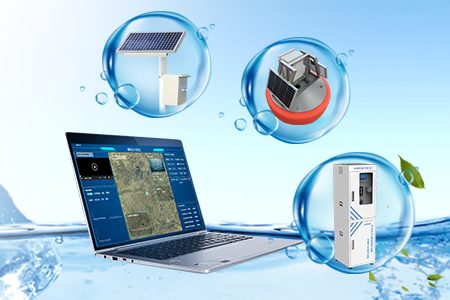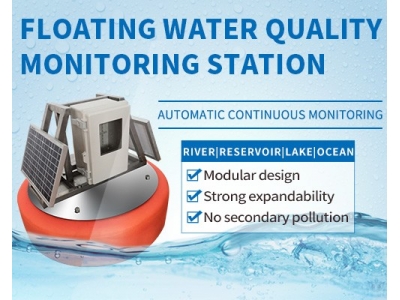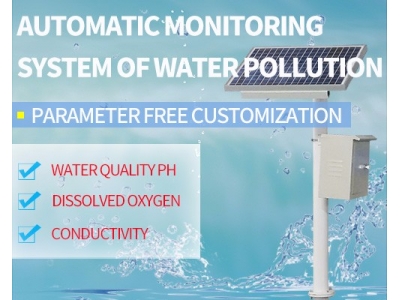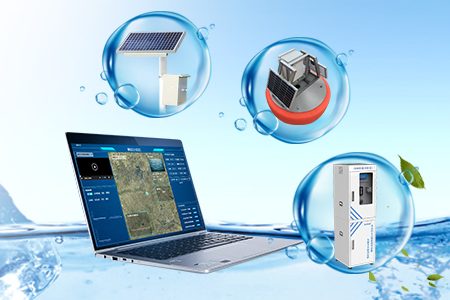Abstract
With the advancement of communication technology, intelligent solutions for water quality monitoring are becoming more and more important. This paper summarizes the composition of intelligent water quality monitoring system. An efficient and simple water quality monitoring system solution based on IOT technology is proposed. The developed model was used to test water samples and analyze data uploaded over the Internet. The system also alerts remote users when water quality parameters deviate from pre-set standards.

Background
Ensuring the safety of water is a challenge due the excessive sources of pollutants, most of which are man-made. The main causes for water quality problems are over-exploitation of natural resources. The rapid pace of industrialization and greater emphasis on agricultural growth combined with latest advancements, agricultural fertilizers and non-enforcement of laws have led to water pollution to a large extent. The problem is sometimes aggravated due to the non-uniform distribution of rainfall. Individual practices also play an important role in determining the quality of water .

Water quality is affected by both point and non-point sources of pollution, which include sewage discharge, discharge from industries, run-off from agricultural fields and urban run-off. Other sources of water contamination include floods and droughts and due to lack of awareness and education among users. The need for user involvement in maintaining water quality and looking at other aspects like hygiene, environment sanitation, storage and disposal are critical elements to maintain the quality of water resources.
Poor water quality spreads disease, causes death and hampers socio-economic progress. Around 5 million people die due to waterborne diseases around the world. Fertilizers and pesticides used by farmers can be washed through the soil by rain, to end up in rivers. Industrial waste products are also washed into rivers and lakes. Such contaminations enter the food chain and accumulate until they reach toxic levels, eventually killing birds, fish and mammals. Chemical factories also dispose wastes in the water. Factories use water from rivers to power machinery or to cool down machinery. Raising the temperature of the water lowers the level of dissolved oxygen and upsets the balance of life in the water. All the above factors make water quality monitoring essential.
Water quality monitoring is defined as the collection of information at set locations and at regular intervals in order to provide data which may be used to define current conditions, establish trends, etc. Main objectives of online water quality monitoring include measurement of critical water quality parameters such as microbial, physical and chemical properties, to identify deviations in parameters and provide early warning identification of hazards. Also, the water quality monitoring system provides real time analysis of data collected and suggest suitable remedial measures.
The purpose of this article is one. That is from the application, the use of communication technology, the use of sensors and other aspects of the intelligent water quality monitoring system composition and work.

Related work
Three main subsystems identified include
Data management subsystem includes the application which accesses the data storage cloud and displays the same to the end user.
Data transmission subsystem consists of a wireless communication device along with build in security features, which transmits the data from the controller to data storage cloud.
Data collection subsystem consists of multi-parameter sensors and optional wireless communication device to transmit the sensor information to the controller. A controller gathers the data, processes the same.
Sensors form the bottom most part of the block diagram. Several sensors are available to monitor water quality parameters. These sensors are placed in the water to be tested which can be either stored water or running water. Sensors convert the physical parameter into equivalent measurable electrical quantity, which is given as input to controllers through an optional wireless communication device. Main function of the controller is to read the data from the sensor, optionally process it, and send the same to the application by using appropriate communication technology. Choice of the communication technology and the parameters to be monitored depends on the need of the application. Application includes the data management functions, data analysis and alert system based on the monitored parameters.








